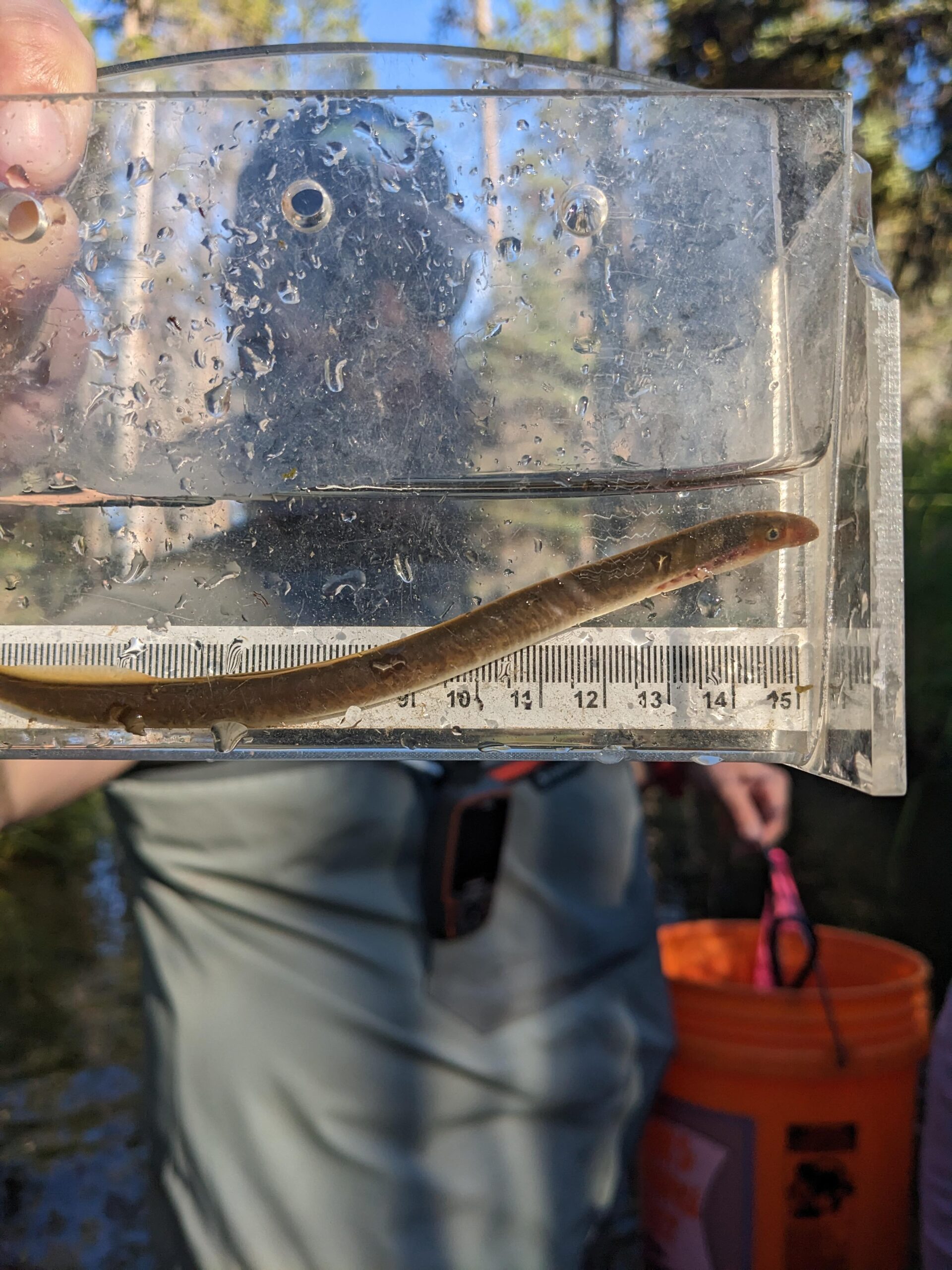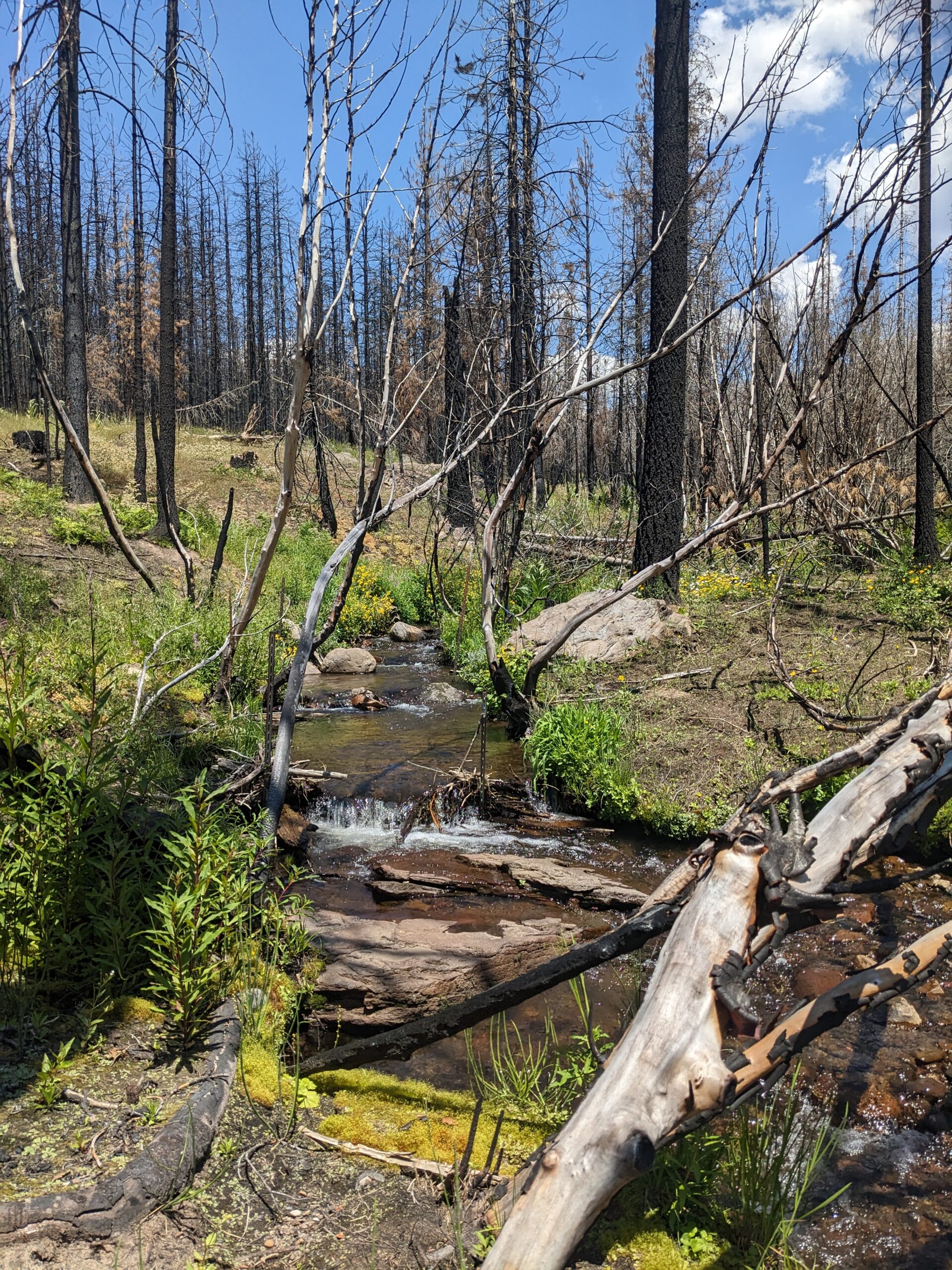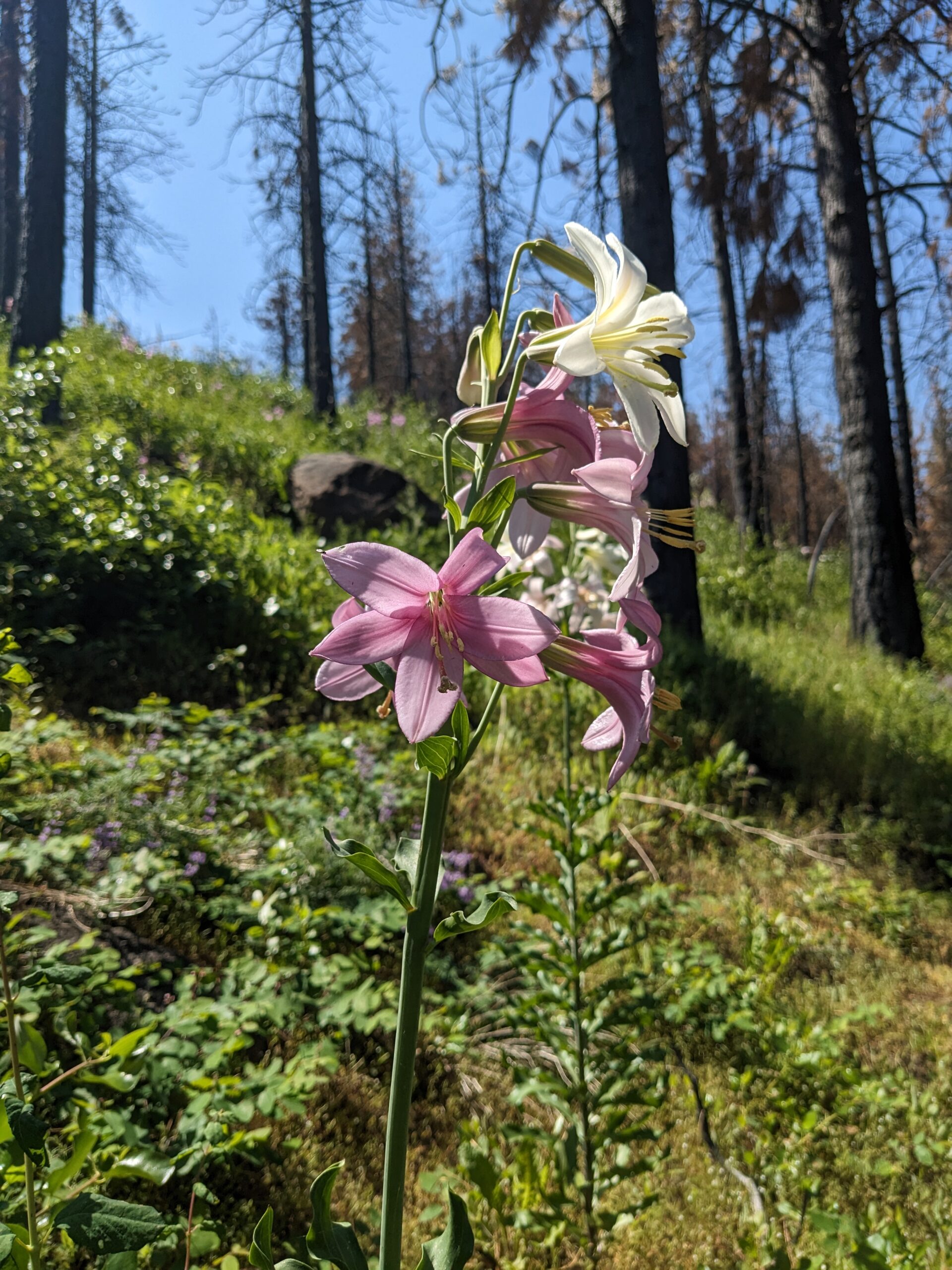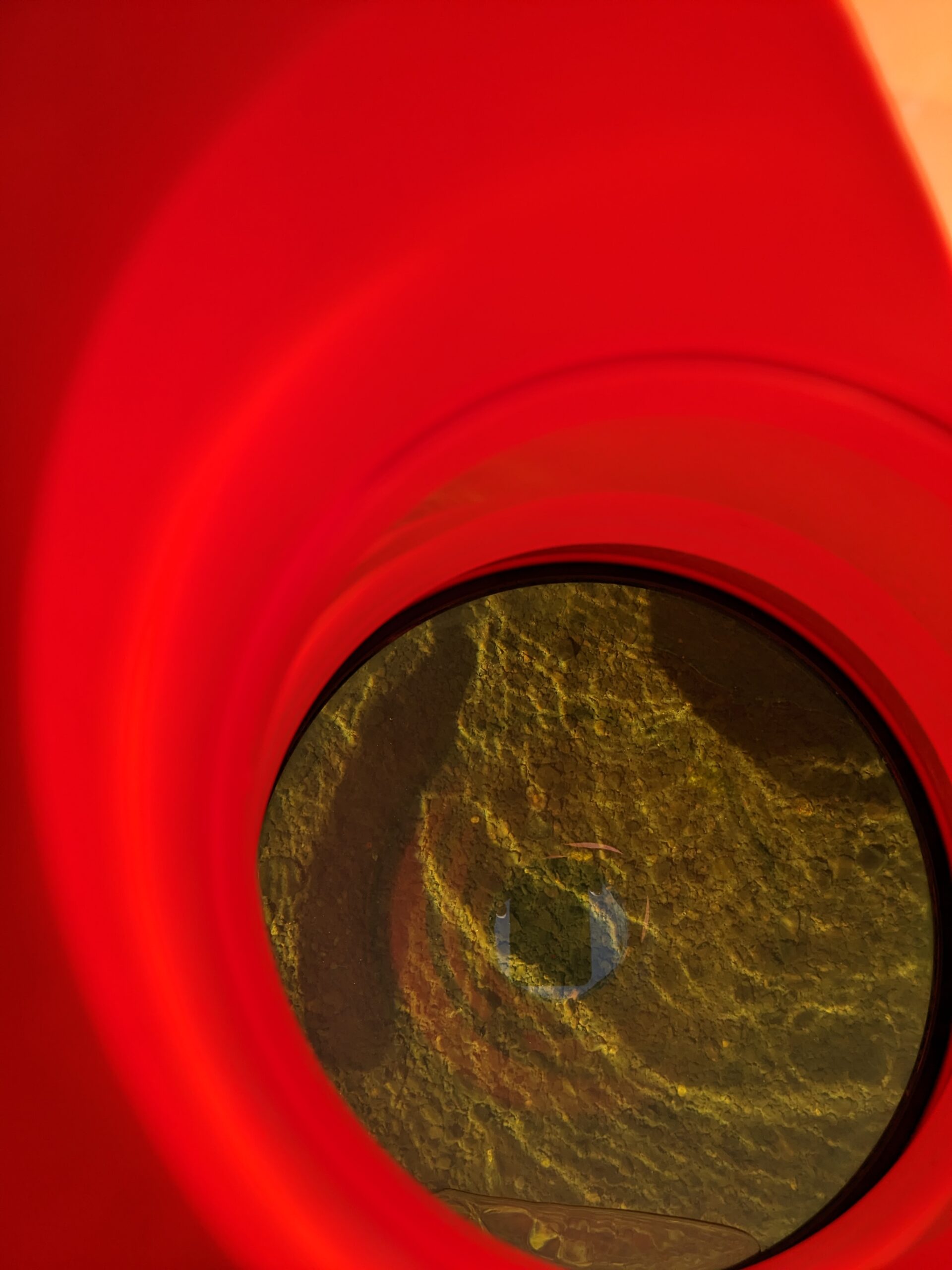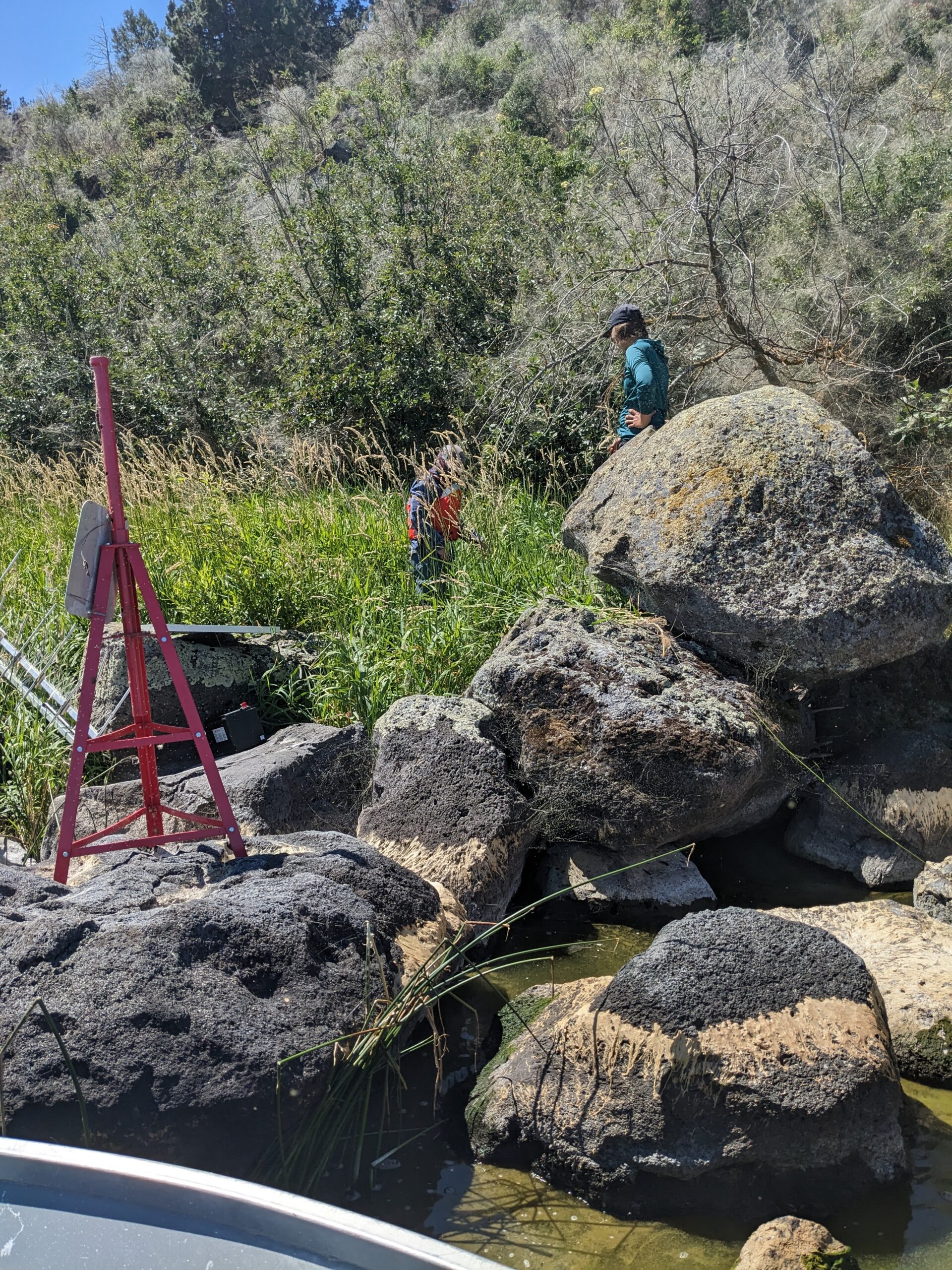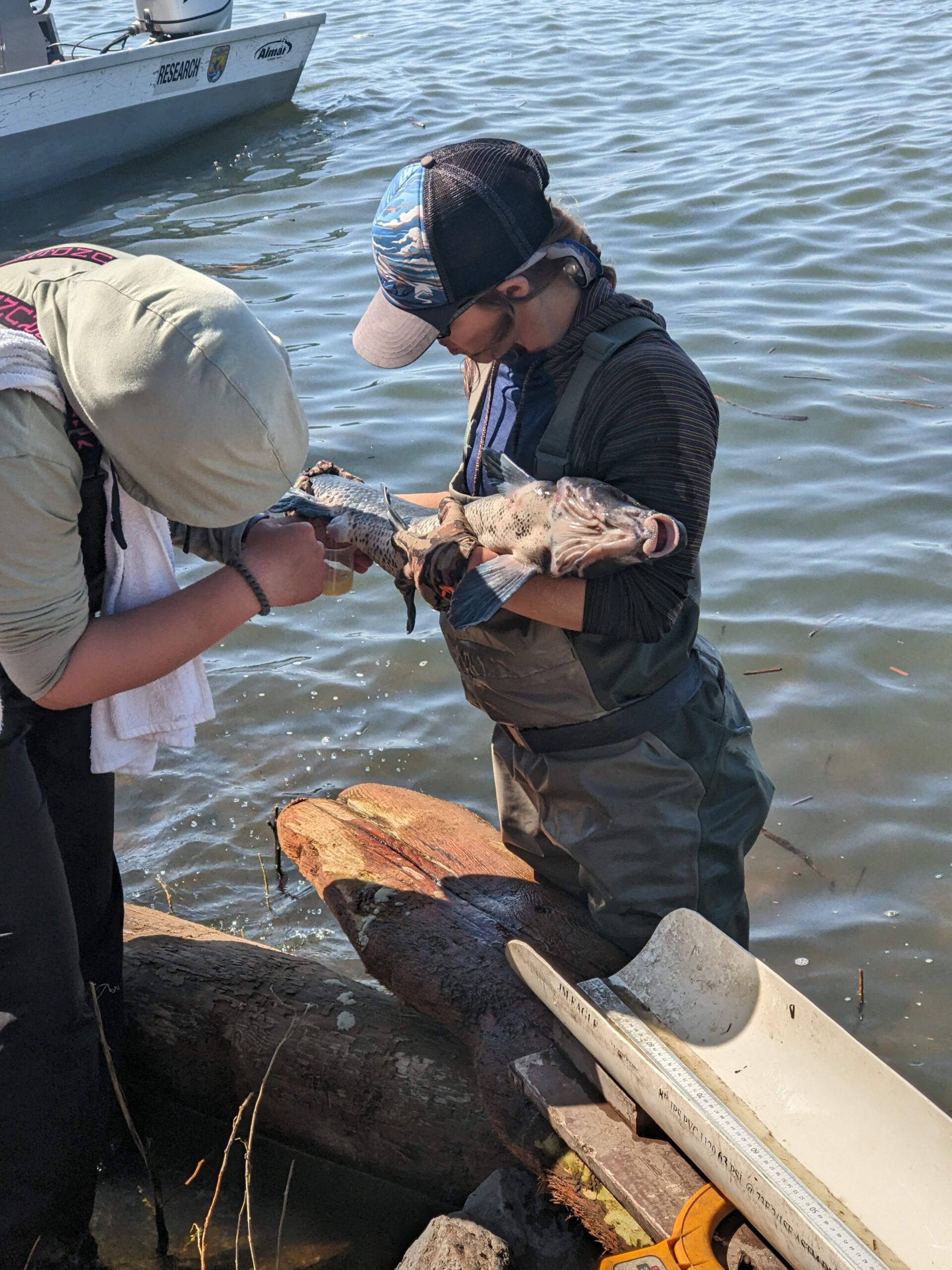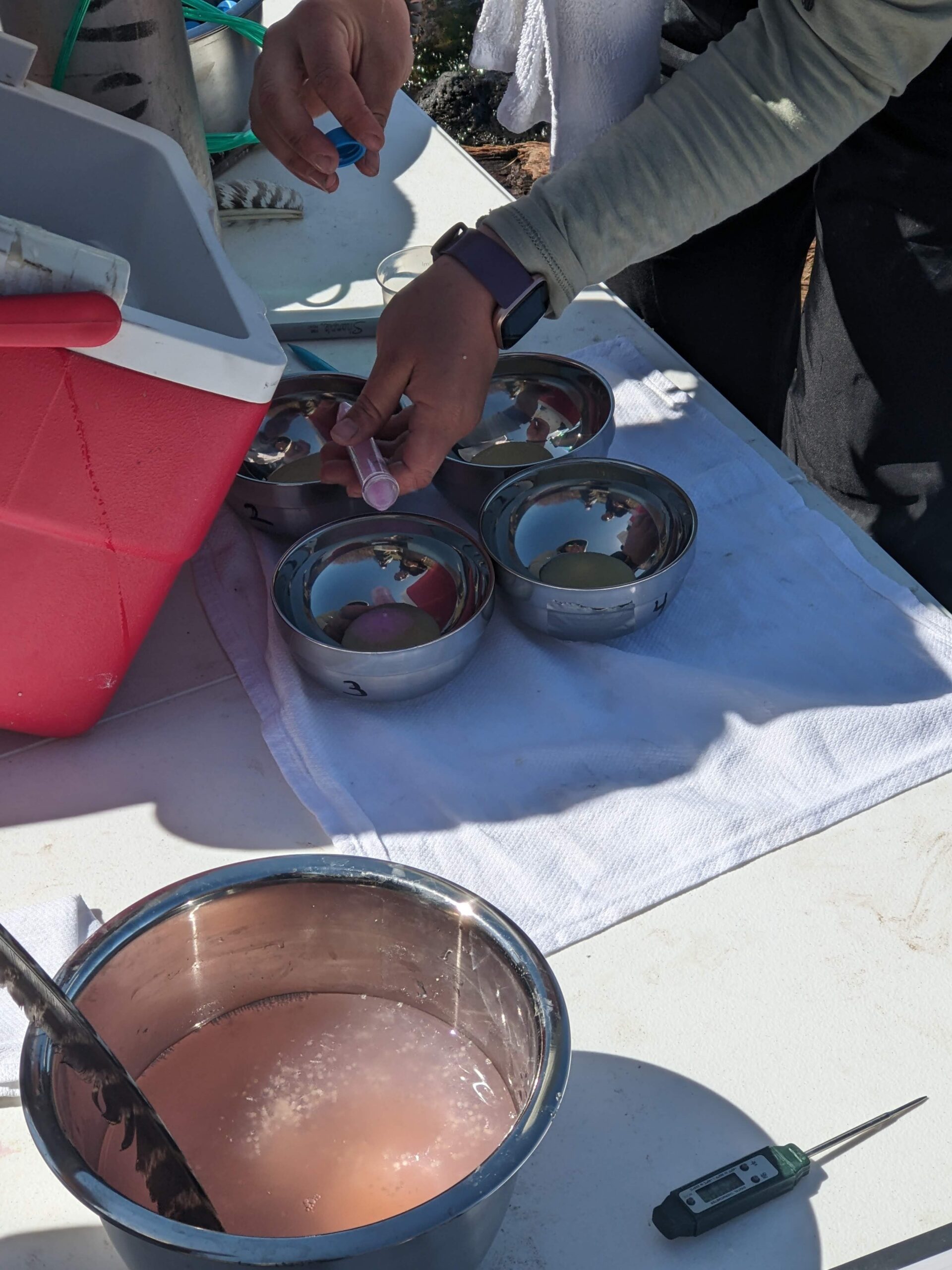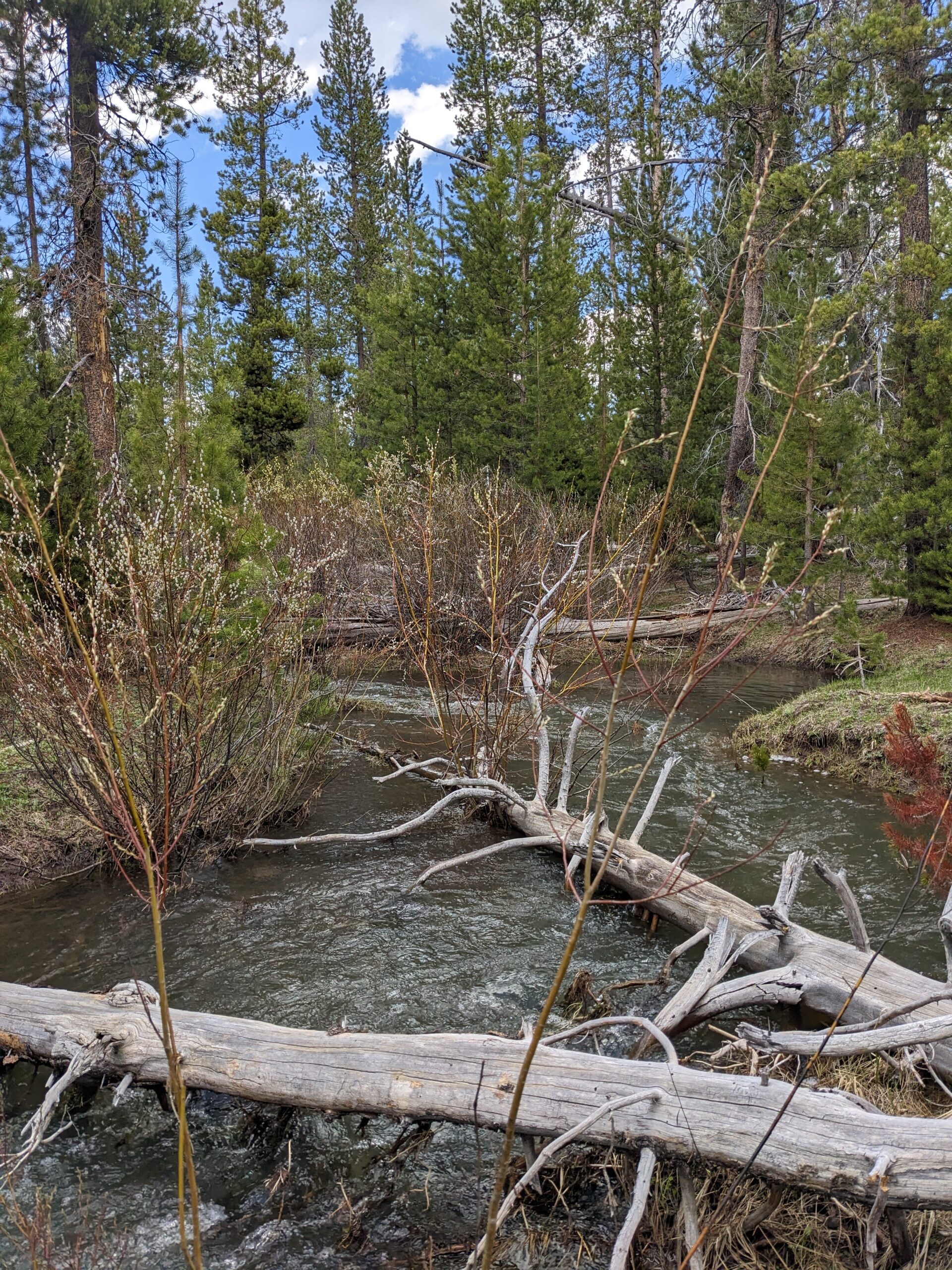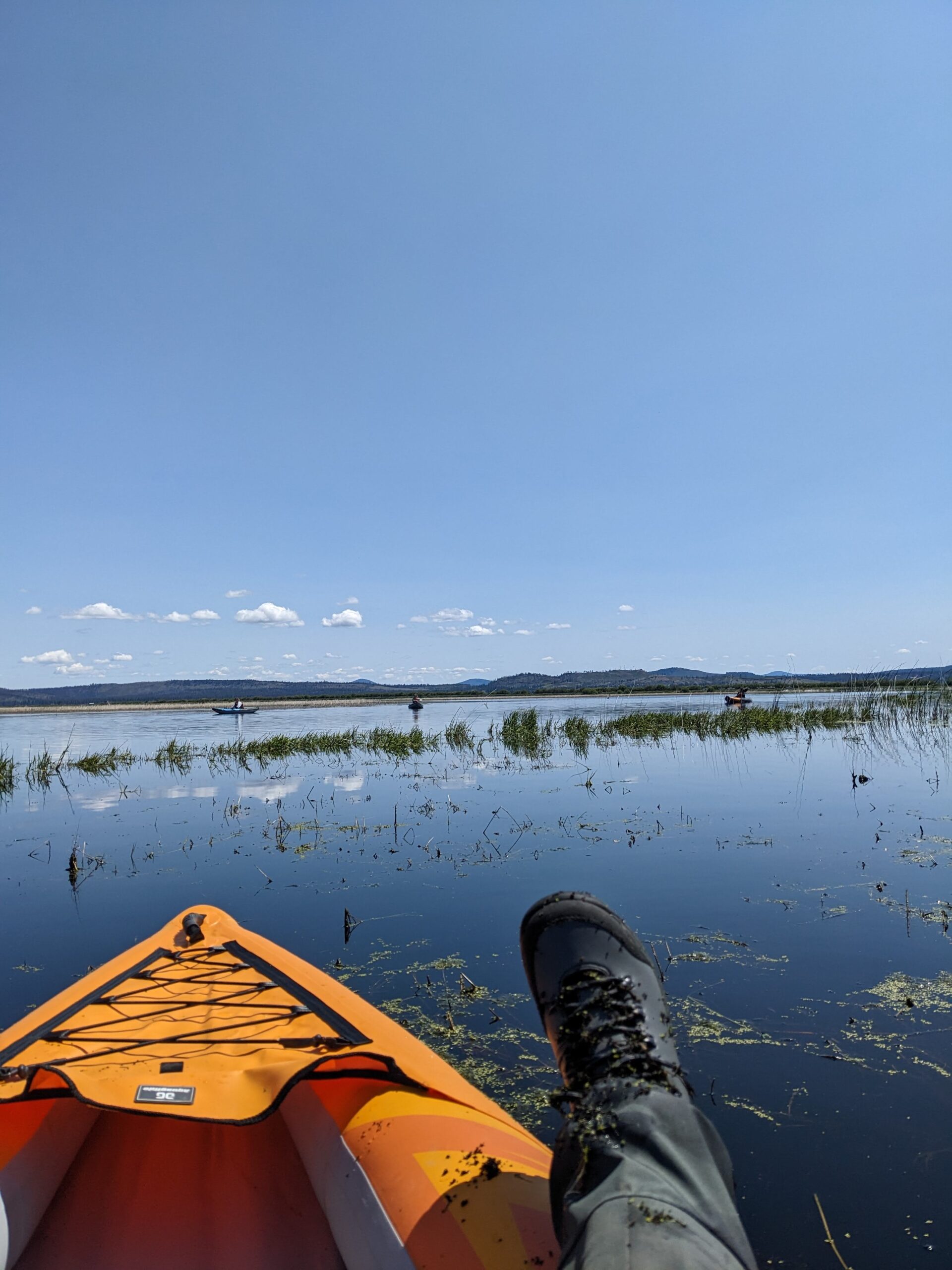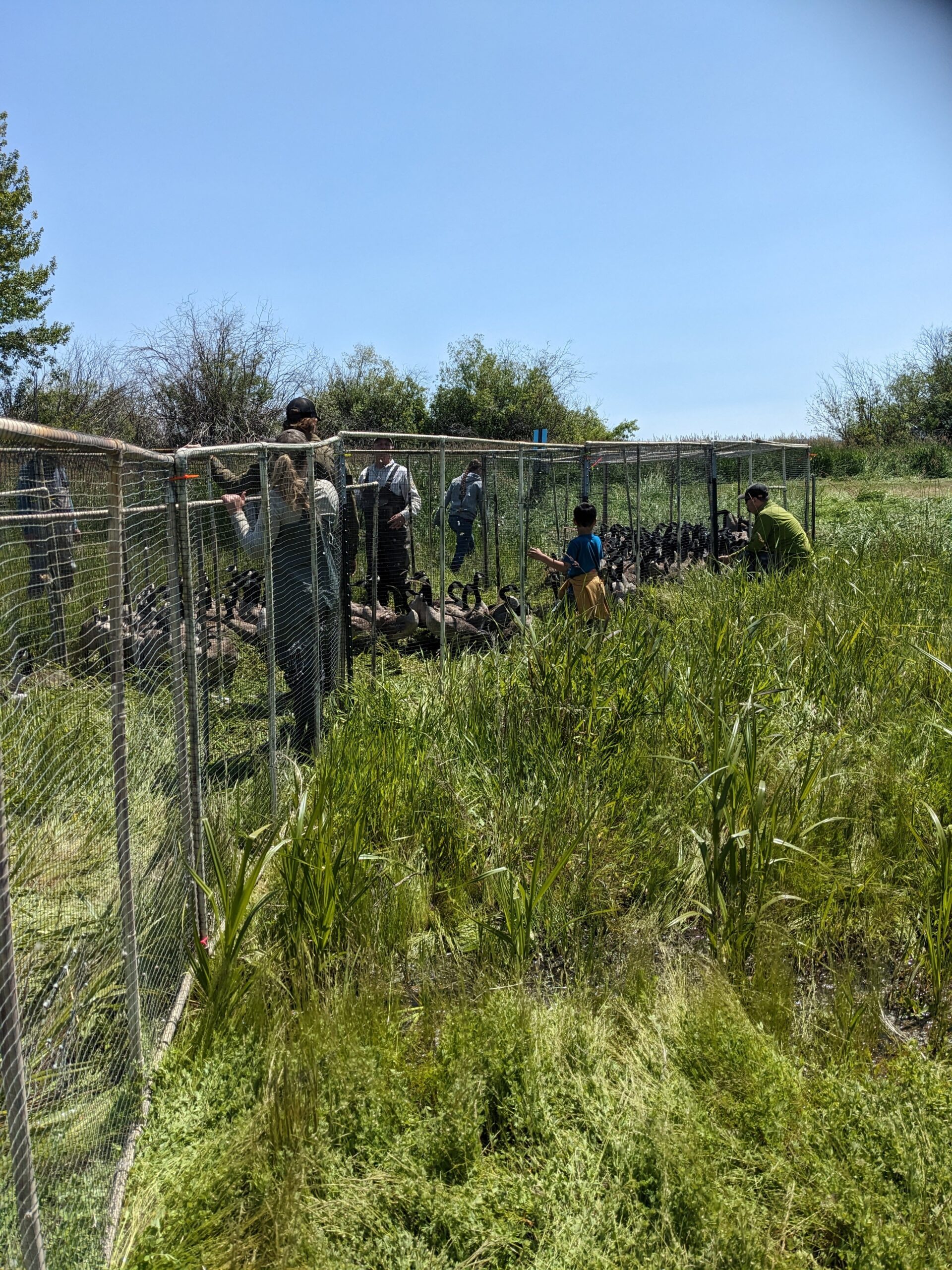Another great month done, and sadly, the end of this amazing internship. I started the month sampling Five Mile Creek. This creek is in a burnt area that has a plain stream with little habitat. We electrofished this creek to see the abundance of fish and the species. We caught a large Redband trout that was the largest I’ve ever got while electrofishing. We also got lots of sculpins, which are really cool-looking fish that look like small lincod. The following week, we helped the aquatics crew at Crater Lake National Park. We went to this beautiful meadow with lots of wildflowers. We set up block nets and ran multiple passes to remove fish from this stream that historically had no fish. We did more electrofishing the following week at Crater Lake and Demming Creek.
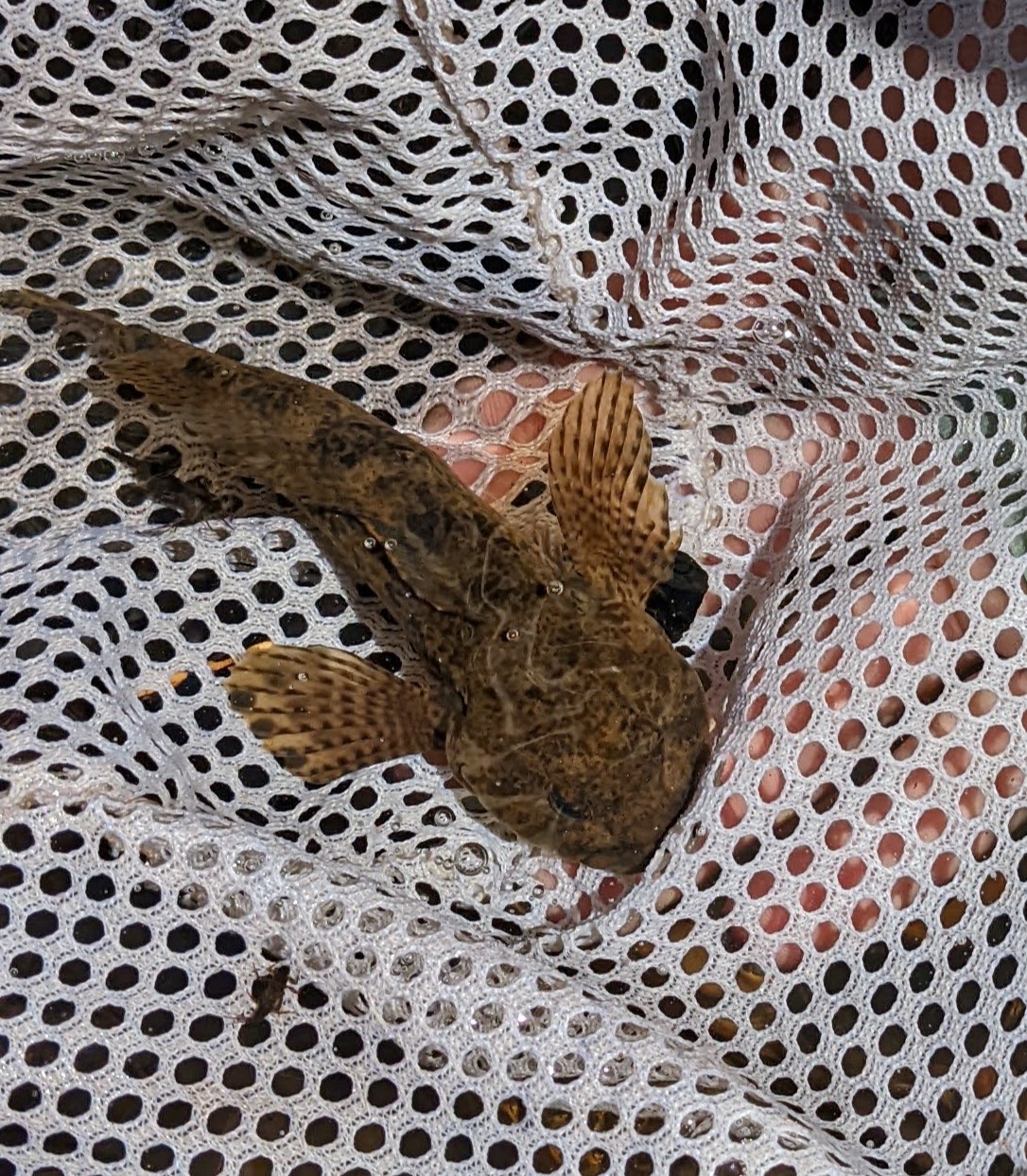
For the next two weeks, we helped the Partners Biologist from the office, which was one area of the office I wanted to learn more about. The Partners biologists meet with local landowners to create and fund projects on their land to improve fish and wildlife habitat. We watched the ground be moved to make two small wetlands and layed pipe in-between to move the water. At the other project, we did stream restoration on Five Mile. First, we moved a large tree into the stream using a grip hoist, and then we built a bank buster by adding multiple logs to the creek at an angle that caused the stream to make a more prominent bend. We also created a rino jam and a beaver analog dam.
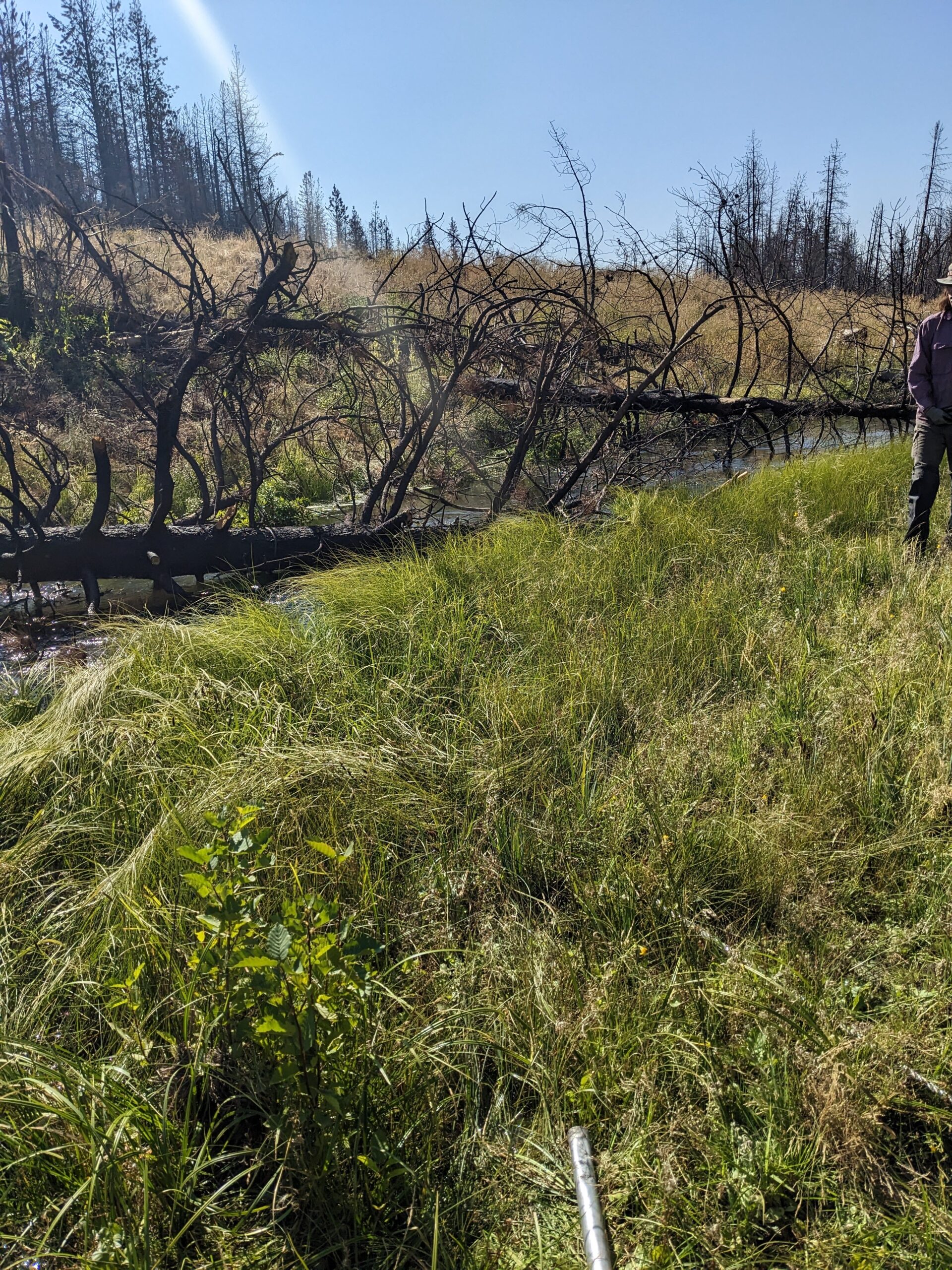
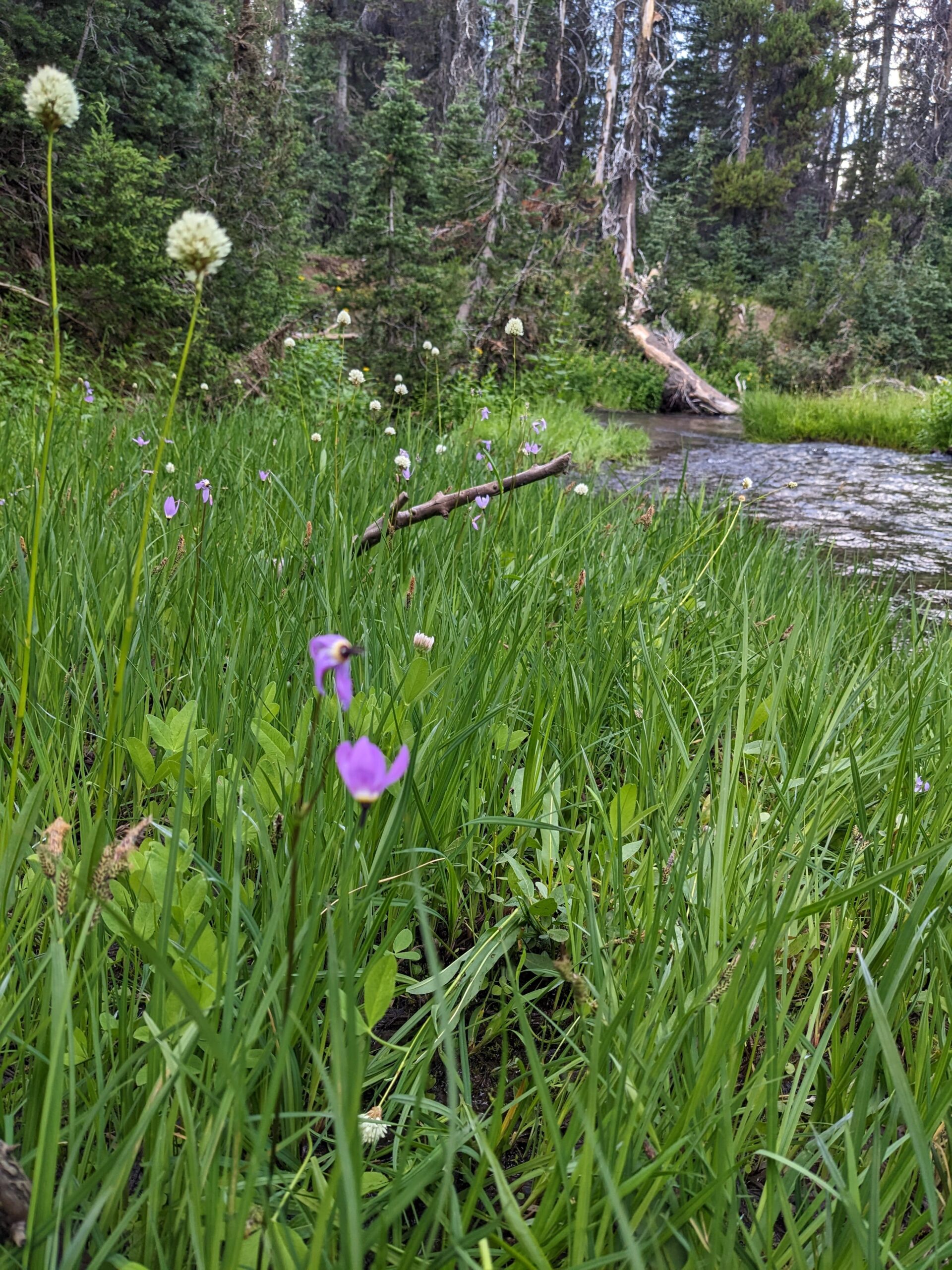
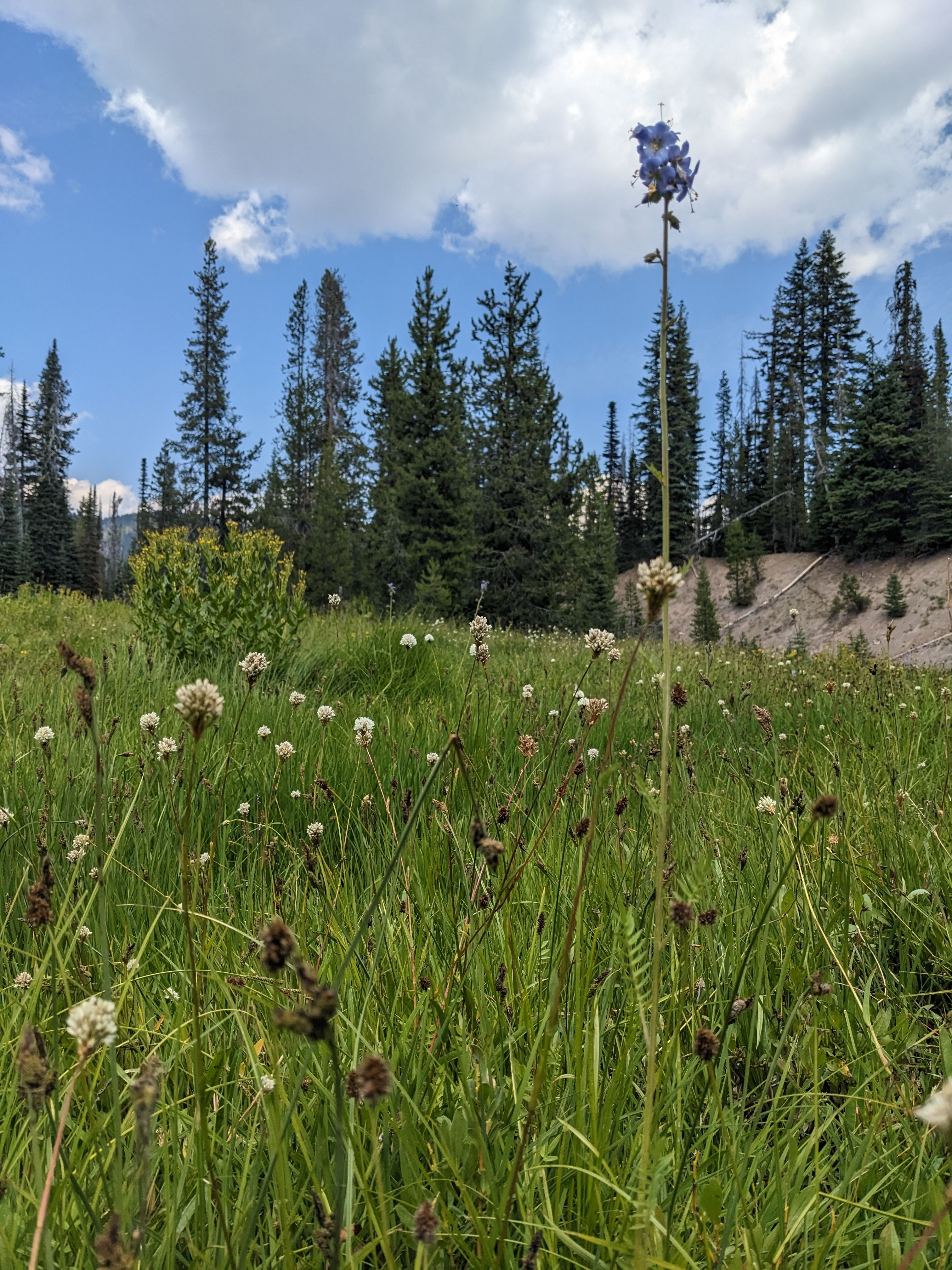
In August, I also helped the Tule Lake Refuge band ducks. This was the most fun thing I did all summer. At night, I kneeled in the front of an airboat while we floated around the marsh, shining a light on the ducks as we zipped by I reached out and caught ducks in my net and then placed them in a cage. After filling our five cages, we headed to the shore, where we placed the bands, on then headed back out for more duck. We finished up as the sun came up.
For the last two days of the internship, I went camping at Miller Lake. Each year, a group of biologists from multiple agencies gather to sample Miller Lake Lamprey, which was once considered extinct. Some biologists have been retired for several years, and others are still working and learning from the experiences of lamprey biologists who have been studying them for many years. Sitting around the campfire was like listening to a live version of a podcast on Lamprey.
